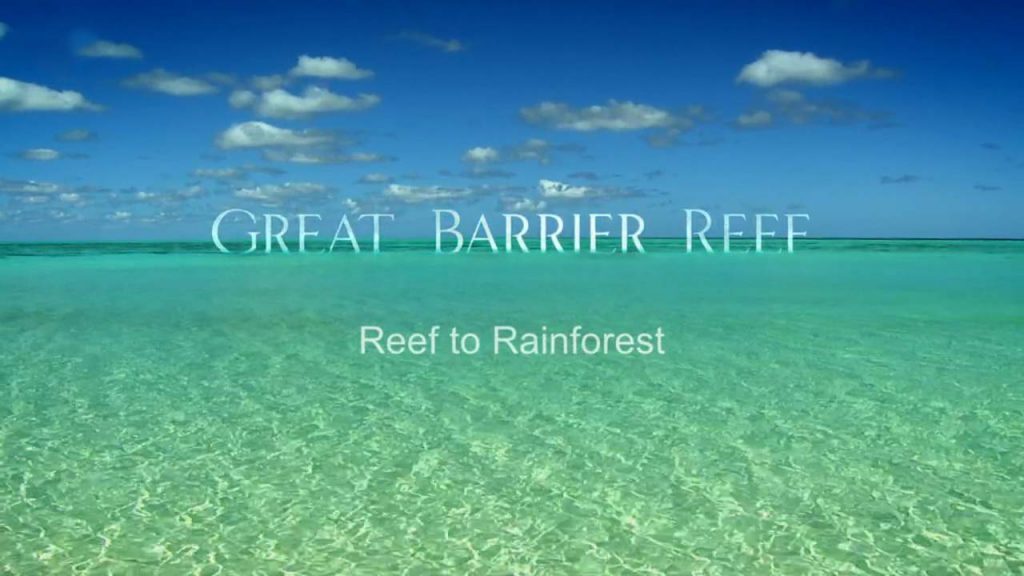Great Barrier Reef episode 2: Three-part series exploring Australia’s Great Barrier Reef, one of the natural wonders of the world and the largest living structure on our planet. Monty Halls explores its full 2,000-kilometre length, from the wild outer reefs of the Coral Sea to the tangled mangrove and steaming rainforest on the shoreline; from large mountainous islands to tiny coral cays barely above sea level; from the dark depths of the abyss beyond the reef to colourful coral gardens of the shallows.
Alternative stream
Along the way, he experiences the reef at its most dangerous and its most intriguing, and visits areas that have rarely been filmed, from the greatest wildlife shipwreck on earth to the mysterious seafloor of the lagoon, where freakish animals lurk under every rock.
The Great Barrier Reef as a whole covers an area larger than Great Britain, but amazingly only seven per cent of it is coral reef. The rest is a variety of interconnected habitats including the world’s oldest jungle, hundreds of islands, mangrove swamps, mysterious deep-water gardens, vast sand flats and meadows of sea grass – all full of amazing wildlife. A giant deep-water lagoon connects all of these, and many of the creatures that live in it are almost impossibly weird – from giant hammerhead sharks to the bizarre ‘pearl fish’ that lives its life up a sea cucumber’s bottom.
Marine life here also exists in spectacular profusion, as on the 100-year-old shipwreck of the SS Yongala, considered to be the greatest wildlife wreck on earth. The connections between all these environments mean that not only do they depend on each other, but without them the coral reef itself would not survive.
Great Barrier Reef episode 2
The Great Barrier Reef is the world’s largest coral reef system composed of over 2,900 individual reefs and 900 islands stretching for over 2,300 kilometres (1,400 mi) over an area of approximately 344,400 square kilometres (133,000 sq mi). The reef is located in the Coral Sea, off the coast of Queensland, Australia, separated from the coast by a channel 100 miles wide in places and over 200 feet deep. The Great Barrier Reef can be seen from outer space and is the world’s biggest single structure made by living organisms. This reef structure is composed of and built by billions of tiny organisms, known as coral polyps. It supports a wide diversity of life and was selected as a World Heritage Site in 1981. CNN labelled it one of the seven natural wonders of the world in 1997. Australian World Heritage places included it in its list in 2007. The Queensland National Trust named it a state icon of Queensland in 2006.
A large part of the reef is protected by the Great Barrier Reef Marine Park, which helps to limit the impact of human use, such as fishing and tourism. Other environmental pressures on the reef and its ecosystem include runoff, climate change accompanied by mass coral bleaching, dumping of dredging sludge and cyclic population outbreaks of the crown-of-thorns starfish. According to a study published in October 2012 by the Proceedings of the National Academy of Sciences, the reef has lost more than half its coral cover since 1985, a finding reaffirmed by a 2020 study which found over half of the reef’s coral cover to have been lost between 1995 and 2017, with the effects of a widespread 2020 bleaching event not yet quantified.
The Great Barrier Reef has long been known to and used by the Aboriginal Australian and Torres Strait Islander peoples, and is an important part of local groups’ cultures and spirituality. The reef is a very popular destination for tourists, especially in the Whitsunday Islands and Cairns regions. Tourism is an important economic activity for the region, generating over AUD$3 billion per year. In November 2014, Google launched Google Underwater Street View in 3D of the Great Barrier Reef.




